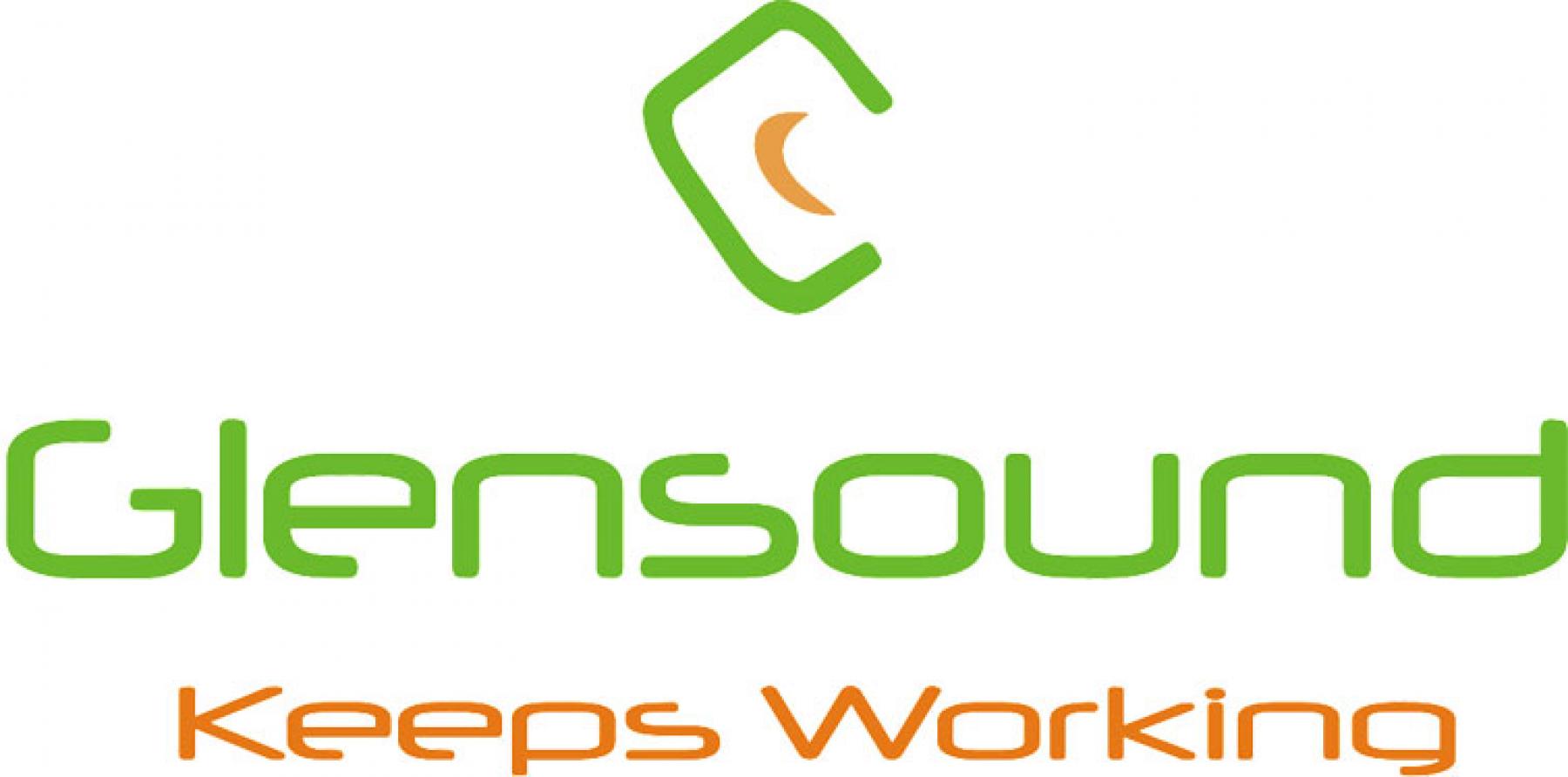Login / Quote Area
0 items in your quote basket

UK : 01622 753662
International : +44 1622 753662
Login / Quote Area
0 items in your quote basket

Call
+44 1622 753662
.jpg&w=740&h=437&q=85)
Customisation- Meeting Clients’ Needs
How many times have you encountered a situation where a product almost fits the specification perfectly but there is one minor issue that gives you a real headache? Most large companies in the broadcast and A/V markets would just tell you that the product is the product, so you can take it or leave it. Particularly when the industry is still recovering from supply-chain issues, this is an understandable approach but not helpful in finishing a project. It is refreshing to discover that Glensound takes a very different attitude to meeting customer requests.
This is nothing new for Glensound, a company that has had an enviable history over nearly sixty years. Right from the beginning, it was realised that specs needed to be followed carefully when designing products, and being prepared to make some adjustments to make more sales, always made sense. This is not an easy objective to meet for a number of good reasons:
If these are the challenges, Glensound has the answers and is also busting some myths:
Customising products can cover a variety of different modifications and the company is happy to discuss the feasibility of any client proposal. At the simpler end of the spectrum, it could be something as seemingly simple as changing connectors on a standard product. It could also be fitting a standard product into a special container or a piece of furniture that cannot be changed. On the other end of the spectrum, it could be custom software to perform a specific function that is new or not part of the original product design. It could even include all three of these. Before agreeing to modify a product, several important questions must be answered:
Assuming the project gets the green light, there are some obvious benefits for the company:
It is easy to see why this approach makes sense for Glensound and why their team is ready to discuss your proposal.
© Glensound
The Design Buildings, 6 Brooks Place, Maidstone, Kent, ME14 1HE, UK.
Tel UK : 01622 753662 | Tel international : +44 1622 753662 | Email : sales@glensound.com